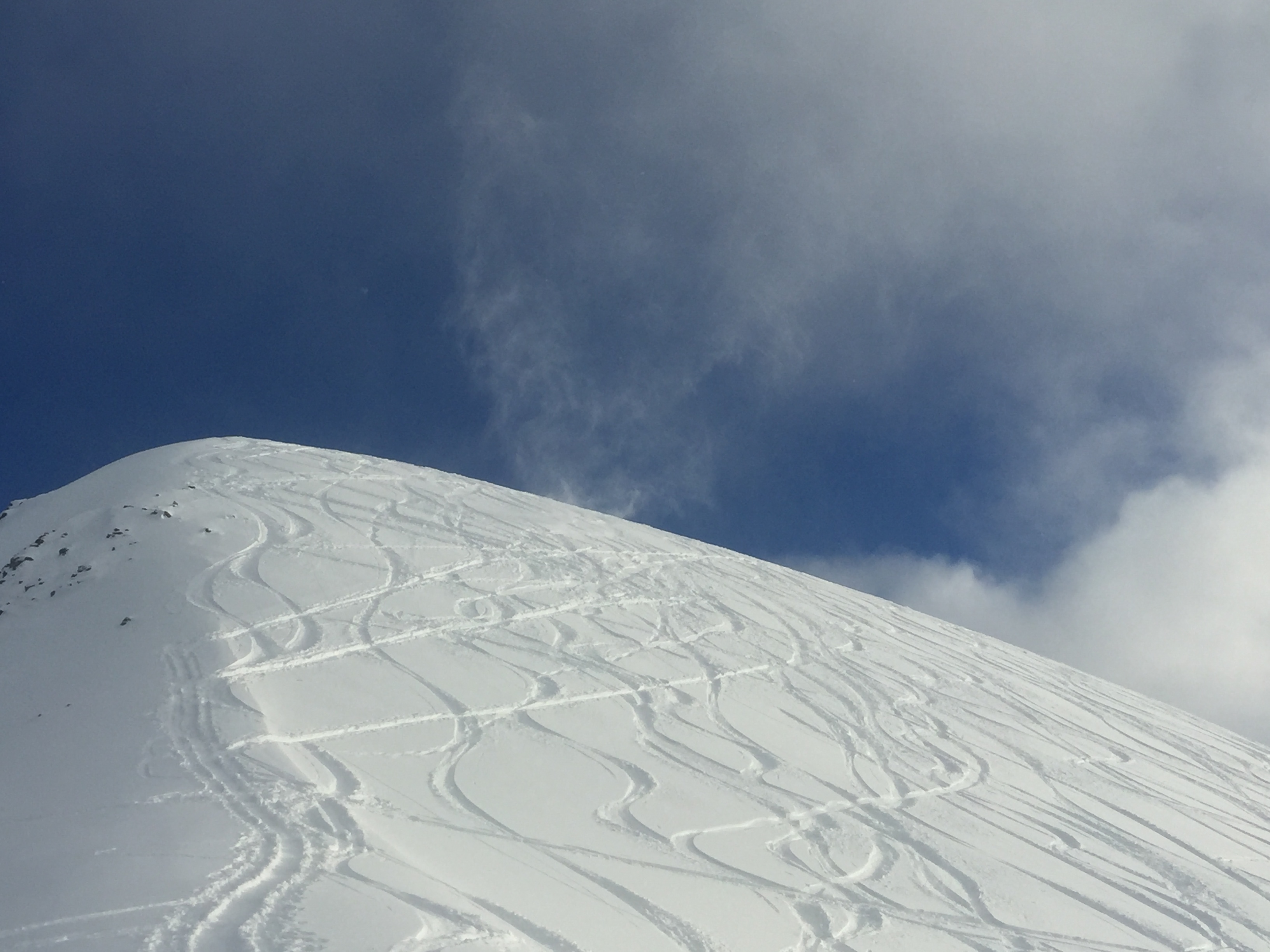Turnagain Pass
|
|
Even though our snowpack is mostly stable in the Turnagain pass region, there are a few outliers that are keeping the danger at MODERATE today as both cornices and glide avalanches continue to act in unpredictable manners. Fast moving, high volume sluffs and the potential for shallow, fresh wind slabs will also add to today’s concerns.
South of Turnagian Pass harbors a different snowpack structure where we found buried surface hoar responsible for a very large avalanche on Saturday in the Groundhog Creek drainage (Johnson Pass area). If travelling in these areas recognize that we’ve got a persistent weak layer problem in addition to those listed below.
Still need to file for your PFD? Remember, The Friends of the CNFAIC is part of PICK.CLICK.GIVE. Your donations are greatly appreciated and an integral part to making the CNFAIC possible and sustainable.
We’d like to extend a HUGE thank you to everyone who has submitted observations to the avalanche center as of late! The more info we get coming in, the better and more accurate our product will be. Remeber, its quick, easy and greatly appreciated to submit an observation (can be done on a smartphone) using the ‘Submit Observation’ button.



